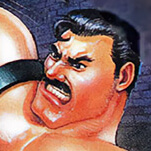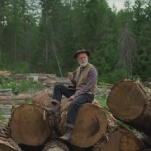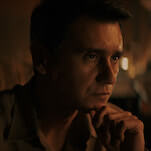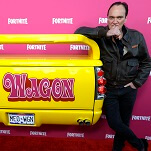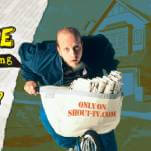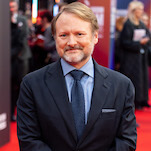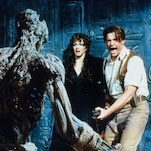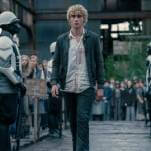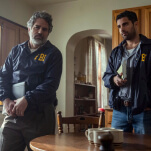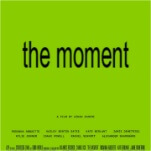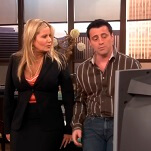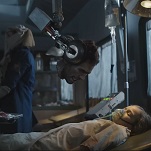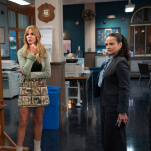Laughing in the face of helplessness: The Gold Rush celebrates a century of defiance
One of Charlie Chaplin's greatest films, the highest-grossing silent comedy in history, has a new restoration that reminds audiences of its timelessness.
Photo: United Artists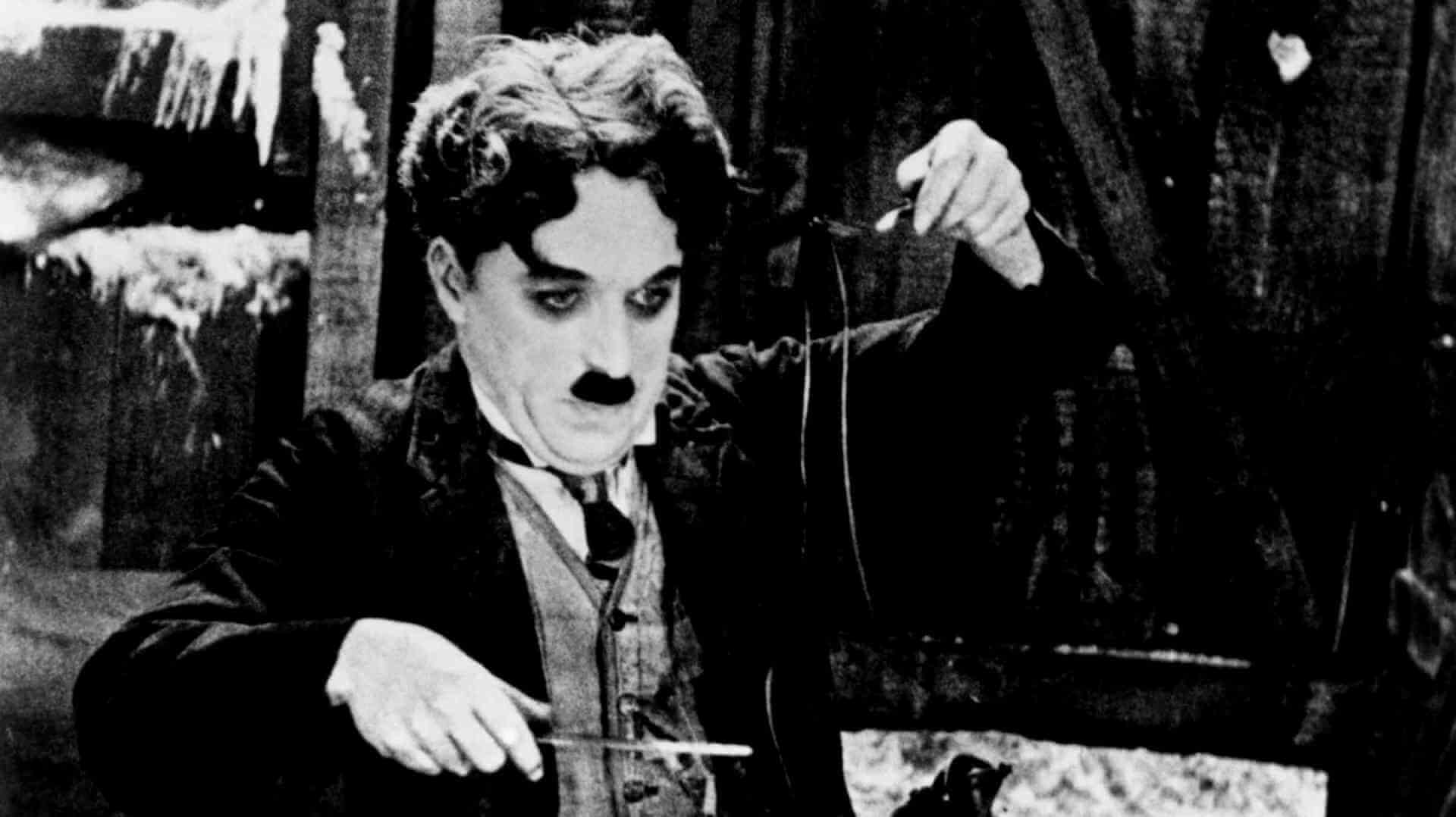
On June 26, 1925, eager moviegoers and Hollywood insiders filed into Grauman’s Egyptian Theatre in Los Angeles, California to watch Charlie Chaplin‘s latest silent picture, The Gold Rush. The premiere included an extravagant prelude orchestrated by showman Sid Grauman himself, which featured professional ice skaters, choreographed dance sequences, a balloon act, and a recitation of Robert W. Service’s poem “The Spell Of The Yukon.” The spectacular stage prologue mirrored the grandeur of the ensuing film, which reimagined Chaplin’s beloved Tramp as a poor prospector on an epic rags-to-riches adventure in snowy Alaska during the Klondike Gold Rush.
Quickly after its debut, The Gold Rush became a global cultural phenomenon; at its release in Berlin, the film’s now-iconic “dance of the rolls” sequence received such thunderous applause that the projectionist was instructed to rewind the film and screen an encore. Similarly, when the film premiered in England, BBC Radio captured a 10-minute-long recording of uninterrupted audience laughter and broadcasted it across the country. In the century since its premiere, the film has taken on new lives through various edits, restorations, and re-releases, which have taken the work around the globe, and even transformed it from a silent picture into a “talkie.” Across its many iterations, though, The Gold Rush remains a cinematic touchstone for the same reasons Chaplin reached audiences a century ago: His profound humanity and boisterousness celebrate a defiant, resilient human spirit in the face of hardship, one that extends affection, compassion, and admiration to those who are fighting for a better life in the most dire of circumstances.
The Gold Rush, the fifth highest-grossing silent film of all time and the highest-grossing silent comedy in history, has had its influence felt across mediums, decades, and geographical locations throughout the previous century. The picture’s celebrated bread roll dance and human-chicken sequences have been imitated in film and television works such as The Simpsons, The Muppets, and The Looney Tunes. In 1960s Cuba, Chaplin’s films were screened through cine móvils as part of the revolution’s efforts towards arts education and literacy. In the 1990s, the silent comedy served as inspiration for West African filmmaker Idrissa Ouédraogo, who made Obi, a film that looks at gold diggers in his home nation of Burkina Faso. The film’s enduring relevance and cross-cultural appeal are largely the result of its interest in the human condition and its auteur’s immense talent for finding humor amid desperation.




